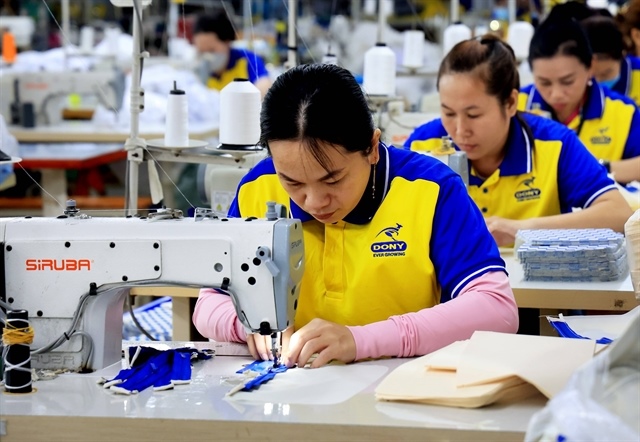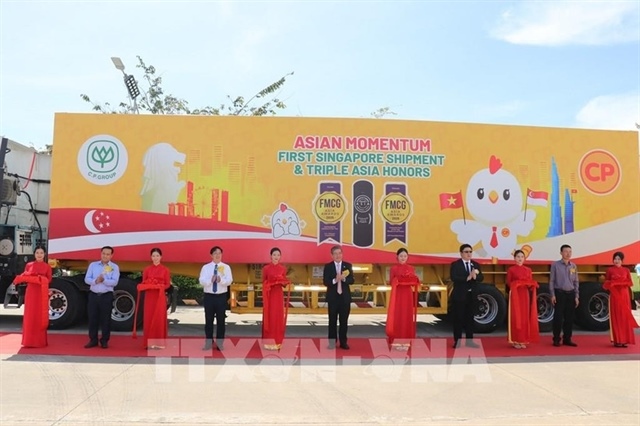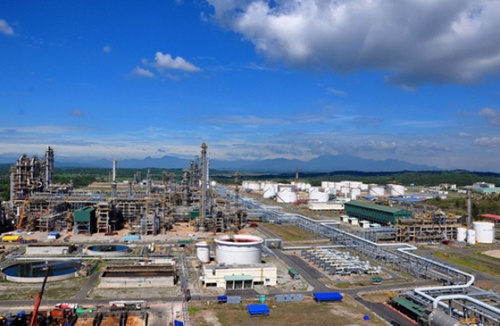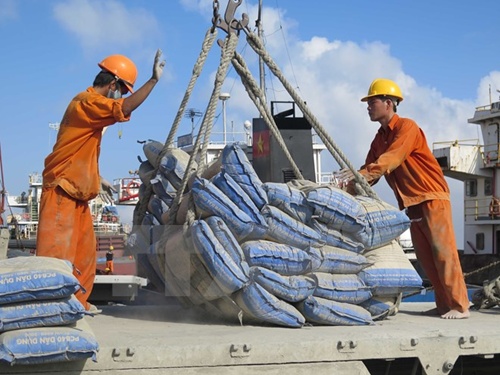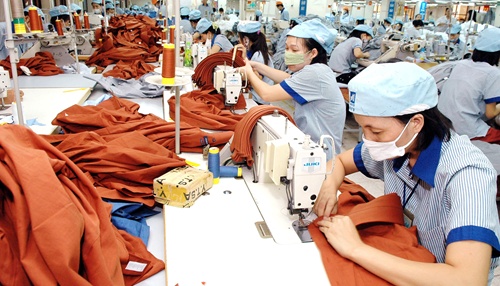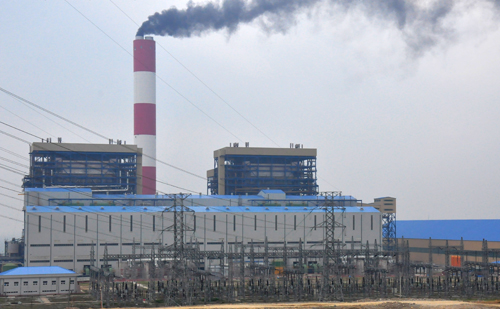Yet another costly Vietnamese plant seeks gov’t help over losses
Yet another costly Vietnamese plant seeks gov’t help over losses
A urea fertilizer plant has joined a yarn facility and a steel factory to complete a trio of multimillion-dollar projects that have been forced to shut down operations and seek government help because of heavy losses.
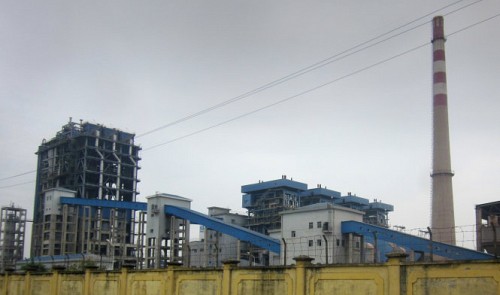
After being inaugurated in 2012, the VND11 trillion (US$491.07 million) Ninh Binh urea fertilizer plant has ceased operations after failing to turn a profit for four consecutive years.
It shares the same fate as the $361.61 million Thai Nguyen iron and steel plant as well as the $325 million Dinh Vu polyester and yarn making factory.
All three facilities have experienced hardships that make it almost impossible for investors to recoup the massive cost of development.
The three loss-making plants are all based in northern Vietnam, with the fertilizer facility in Ninh Binh Province, the steelmaker in Thai Nguyen Province and the yarn mill in Hai Phong City.
Breaking ground in 2005, the Ninh Binh factory is designed to produce 560,000 metric tons of urea fertilizer from coal dust each year.
The developer, state-run chemical giant Vinachem, borrowed $250 million from China and chose China Huanqiu Contracting & Enginneer as the chief contractor.
The facility has never posted a profit since being put into operation in 2012, with losses so far totaling more than VND2 trillion ($89.29 million).
Vinachem general director Nguyen Gia Tuong said high production costs against a slumping urea fertilizer price are behind the beleaguered operations of the Ninh Binh plant.
It can also be said that the facility uses average-quality technology and machinery from China, and relies too heavily on its Chinese contractor for equipment and materials.
Vinachem also put the blame on the costly loan it had borrowed to fund the project and rising coal dust prices.
Vu Van Nhan, general director of Dam Ninh Binh Co. Ltd., the operator of the Ninh Binh plant, admitted to Tuoi Tre (Youth) newspaper that the technology to produce urea fertilizer from coal dust makes it less competitive than other gas-fueled facilities.
Other major fertilizer plants in Vietnam, such as Ca Mau and Phu My, adopt the gas-based technology, so they are able to cut production costs whenever gas prices fall, Nhan said.
Nhan added there was bad luck involved as the Ninh Binh plant was commissioned at a time when global urea fertilizer prices began slumping.
“In 2012 urea fertilizer was priced at $430 a metric ton, but the current quote is only $230 a metric ton,” he said.
“The domestic supply also exceeds the annual demand of 2.2 million metric tons, as the Ca Mau and Phu My facilities have also joined the market.”
Nhan admitted that the Ninh Binh plant had stopped operating in March, much earlier than a suspension planned for July.
Some 400 out of the plant’s 1,000 workers have been laid off and the developer is trying to resume operations at the factory next month, Nhan said.
The urea fertilizer plant currently has to repay VND800 billion ($35.71 million) in annual loan interest, and suffers a depreciation in value of VND680 billion ($35.71 million) a year.
The facility operator is therefore trying to empty its unsold inventory to be able to maintain working capital.
While the plant has already been granted many tax incentives from the Ninh Binh administration, Vinachem has called on the government to issue more regulatory measures to help it overcome the current hardship.



